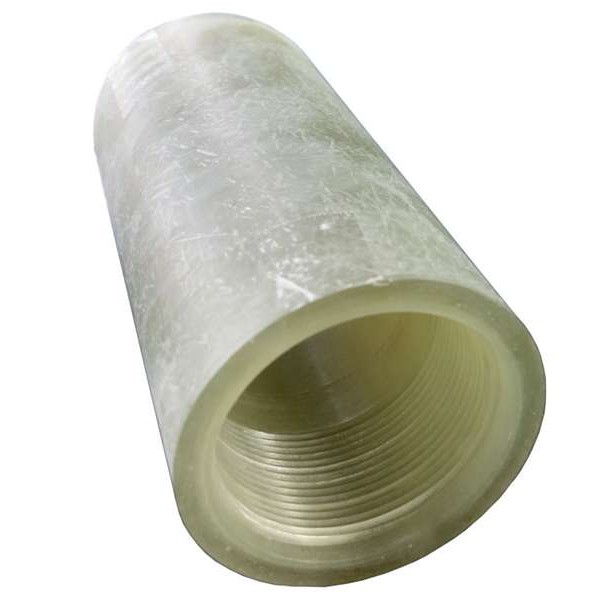
-
 Afrikaans
Afrikaans -
 Albanian
Albanian -
 Amharic
Amharic -
 Arabic
Arabic -
 Armenian
Armenian -
 Azerbaijani
Azerbaijani -
 Basque
Basque -
 Belarusian
Belarusian -
 Bengali
Bengali -
 Bosnian
Bosnian -
 Bulgarian
Bulgarian -
 Catalan
Catalan -
 Cebuano
Cebuano -
 China
China -
 China (Taiwan)
China (Taiwan) -
 Corsican
Corsican -
 Croatian
Croatian -
 Czech
Czech -
 Danish
Danish -
 Dutch
Dutch -
 English
English -
 Esperanto
Esperanto -
 Estonian
Estonian -
 Finnish
Finnish -
 French
French -
 Frisian
Frisian -
 Galician
Galician -
 Georgian
Georgian -
 German
German -
 Greek
Greek -
 Gujarati
Gujarati -
 Haitian Creole
Haitian Creole -
 hausa
hausa -
 hawaiian
hawaiian -
 Hebrew
Hebrew -
 Hindi
Hindi -
 Miao
Miao -
 Hungarian
Hungarian -
 Icelandic
Icelandic -
 igbo
igbo -
 Indonesian
Indonesian -
 irish
irish -
 Italian
Italian -
 Japanese
Japanese -
 Javanese
Javanese -
 Kannada
Kannada -
 kazakh
kazakh -
 Khmer
Khmer -
 Rwandese
Rwandese -
 Korean
Korean -
 Kurdish
Kurdish -
 Kyrgyz
Kyrgyz -
 Lao
Lao -
 Latin
Latin -
 Latvian
Latvian -
 Lithuanian
Lithuanian -
 Luxembourgish
Luxembourgish -
 Macedonian
Macedonian -
 Malgashi
Malgashi -
 Malay
Malay -
 Malayalam
Malayalam -
 Maltese
Maltese -
 Maori
Maori -
 Marathi
Marathi -
 Mongolian
Mongolian -
 Myanmar
Myanmar -
 Nepali
Nepali -
 Norwegian
Norwegian -
 Norwegian
Norwegian -
 Occitan
Occitan -
 Pashto
Pashto -
 Persian
Persian -
 Polish
Polish -
 Portuguese
Portuguese -
 Punjabi
Punjabi -
 Romanian
Romanian -
 Russian
Russian -
 Samoan
Samoan -
 Scottish Gaelic
Scottish Gaelic -
 Serbian
Serbian -
 Sesotho
Sesotho -
 Shona
Shona -
 Sindhi
Sindhi -
 Sinhala
Sinhala -
 Slovak
Slovak -
 Slovenian
Slovenian -
 Somali
Somali -
 Spanish
Spanish -
 Sundanese
Sundanese -
 Swahili
Swahili -
 Swedish
Swedish -
 Tagalog
Tagalog -
 Tajik
Tajik -
 Tamil
Tamil -
 Tatar
Tatar -
 Telugu
Telugu -
 Thai
Thai -
 Turkish
Turkish -
 Turkmen
Turkmen -
 Ukrainian
Ukrainian -
 Urdu
Urdu -
 Uighur
Uighur -
 Uzbek
Uzbek -
 Vietnamese
Vietnamese -
 Welsh
Welsh -
 Bantu
Bantu -
 Yiddish
Yiddish -
 Yoruba
Yoruba -
 Zulu
Zulu
Exploring the Versatile Applications of FRP Fittings in Various Industries
Understanding FRP Fittings A Comprehensive Guide
Fiber Reinforced Plastic (FRP) fittings have emerged as a crucial component in various industries, primarily due to their versatility, durability, and resistance to a broad range of environmental conditions. These fittings, composed of a polymer matrix reinforced with fibers, are employed in applications ranging from chemical processing to construction. In this article, we will explore the characteristics of FRP fittings, their applications, and the reasons for their growing popularity.
Characteristics of FRP Fittings
One of the defining features of FRP fittings is their lightweight nature, which makes them easy to handle and install. Unlike traditional materials such as metal and concrete, FRP fittings reduce the overall weight of assemblies, leading to lower transportation costs and easier installation processes.
Additionally, FRP fittings are highly resistant to corrosion, making them ideal for use in harsh environments. They can withstand exposure to a variety of chemicals, including acids, bases, and solvents, which often cause conventional materials to degrade over time. This corrosion resistance ensures a longer lifespan for both the fittings and the systems they are part of, reducing maintenance costs and the need for frequent replacements.
Another important characteristic is the ability of FRP fittings to withstand extreme temperatures, both hot and cold. This thermal stability allows them to function effectively in demanding applications, from power generation plants to food processing facilities.
Applications of FRP Fittings
FRP fittings are widely utilized in numerous industries. In the chemical processing sector, they are often used in piping systems, valves, and tanks due to their superior chemical resistance. These fittings can safely transport corrosive substances without the risk of leaks or failures.
The oil and gas industry also relies on FRP fittings for various applications, such as offshore platforms and pipeline systems. Their resilience to harsh weather conditions and corrosive environments makes them an excellent alternative to traditional materials, thereby enhancing safety and efficiency.
frp fittings

In construction and civil engineering, FRP fittings are increasingly being adopted for infrastructure projects. They are employed in bridge construction, wastewater treatment facilities, and reinforcing structures. Their lightweight nature reduces the load on supporting structures while maintaining the required strength.
Furthermore, FRP fittings are being leveraged in the manufacturing of recreational vehicles and sports equipment. Their lightweight and impact-resistant properties make them suitable for a range of products, including boats, surfboards, and automotive components.
Advantages of FRP Fittings
The benefits of using FRP fittings over traditional materials are numerous. Firstly, their resistance to corrosion and chemicals contributes to a significant reduction in maintenance costs. Facilities equipped with FRP systems often see longer operational lifespans and fewer downtime incidents, thus enhancing overall productivity.
Moreover, they offer design flexibility due to their ease of manufacturing. Complex shapes and sizes can be molded to meet specific project needs, providing engineers with the freedom to innovate without the constraints often presented by traditional materials.
Environmental considerations are also becoming increasingly important, and FRP materials can be manufactured with a lower carbon footprint compared to metals. Their longevity further minimizes the need for replacement, resulting in less waste over time.
Conclusion
As industries continue to prioritize efficiency, safety, and sustainability, the use of FRP fittings is expected to grow. With their impressive characteristics and wide array of applications, FRP fittings represent a modern solution to many challenges faced in industrial and construction settings. Businesses seeking to optimize their operations while reducing costs and environmental impact should consider the advantages offered by these innovative fittings. As technology advances, we can anticipate even more developments in FRP materials, further solidifying their role in the future of industry.









